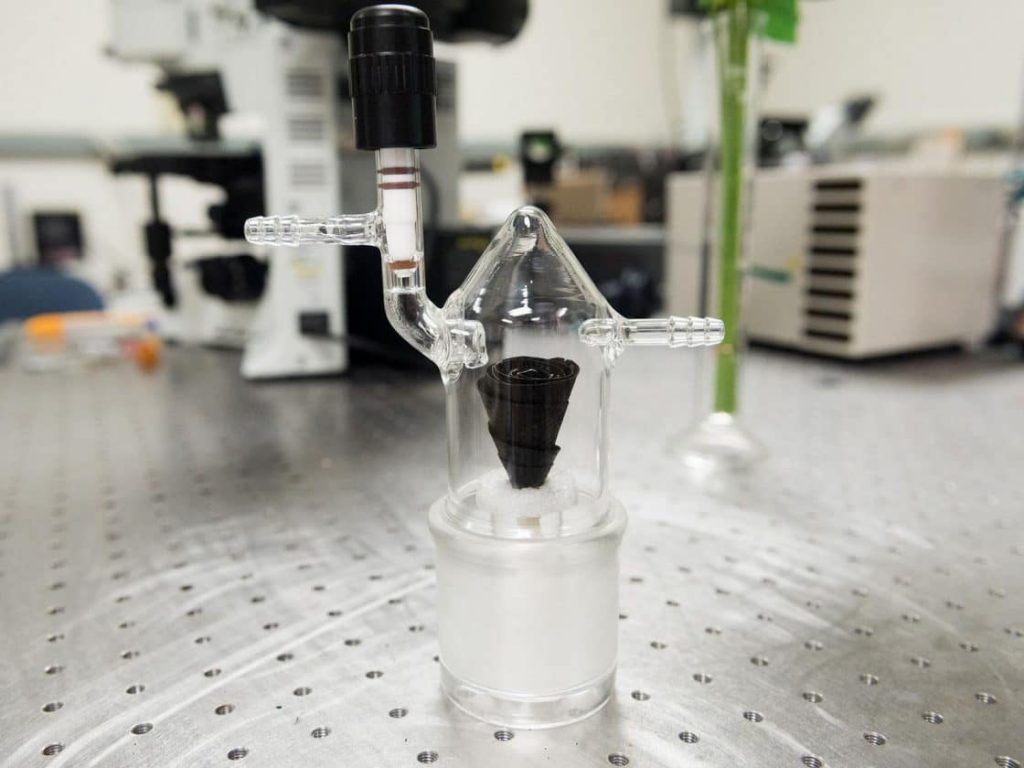When thinking of flowers, it’s hard not to appreciate the water that is necessary for them to grow. But have you ever thought about the significance of a flower when it comes to clean water?
A team in the Cockrell School of Engineering at the University of Texas at Austin has developed a new device for collecting and purifying water. Inspired by the structure of a rose, the flower-like device costs less than two cents to make and can supply more than a half-gallon of water per square meter.

Inspiration
The team of Ph.D. candidates led by Professor Donglei Fan were fueled by the creation of a new approach for solar steaming – a technique that uses energy from the sun to separate salt and other impurities from water through evaporation. Their origami rose inspired system could be a new paradigm for water production and treatment for both individuals and homes.

Existing solar-steaming technologies are typically bulky, expensive, and produce limited results. The UT team aimed to create a solution using portable, lightweight and inexpensive materials. The result – a product that looks like a black-petaled rose in a glass jar. While portable and low-pressure controlled solar-steaming systems known as ‘unisystems’ do exist, the flower structure portion of the design is new.
Inner-workings
The system is made from layered, black paper sheets that are shaped into petals. The 3D rose shape, attached to a stem-like tube that collects untreated water from any water source, makes it easier for the structure to collect and retain more liquid. The black paper is filtered and coated with a polymer known as polypyrrole. Polypyrrole is a material known for its photothermal properties – meaning that it coverts solar light into thermal heat.
Water Collection
There are two ways in which the device collects water. The first is through the stem-like tube that feeds water to the flower-inspired structure on top. The second way is through collecting water from above – occurring in instances such as rainfall. In either case, water finds its way to the petals where the polypyrrole coating turns the water into steam. The impurities are naturally separated from water when condensed in this way. By the end of the purification process, the device can remove contamination from heavy metals and bacteria, as well as salt from seawater. The result is clean water that meets drinking standard requirements set by the World Health Organization.
In addition to the new, flower-like structure, the system was also designed to include a connection point for a low-pressure pump. This pump will help condense water more effectively. Once condensed, water will fall into a compact, sturdy and secure glass jar. Weigu Li, a Ph.D. candidate in Fan’s lab said that their “rational design and low-cost fabrication of 3D origami photothermal materials represents a first-of-its-kind portable low-pressure solar-steaming-collection system” could inspire a new wave of clean water production technologies.
